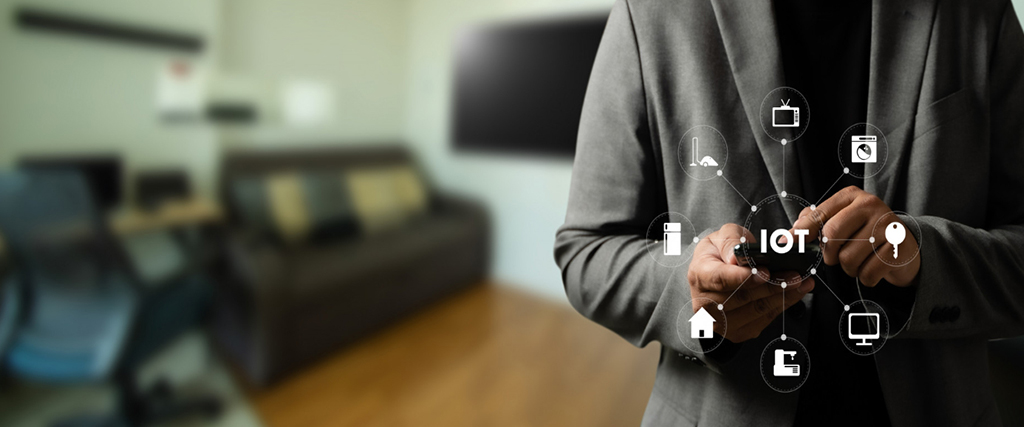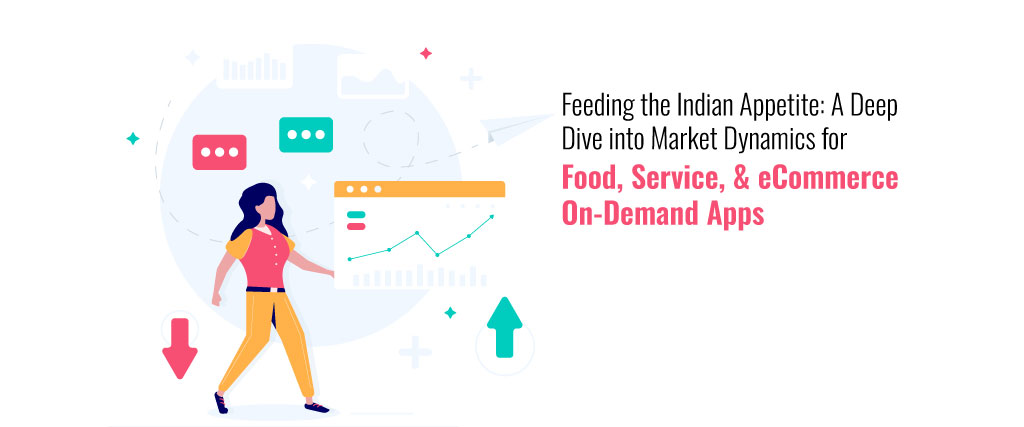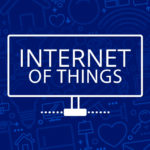IoT Technology 2021: From smart homes, smart cars, smart gadgets, and also smart enterprises, IoT is everywhere.
When computers were made, they could only function on user instructions. However, this drawback was overcome in the twenty-first century, when IoT broke out. It began sensing and drawing inputs without human interaction.
The emerging technology has made its goal to make our lives more integrated and easier. With a promising future, IoT is ruling the world like no other.
There was a time when humans were amazed by the science around them. Today, they are totally immersed in the subject with no turning back.
Cell phones, cars, electronic equipment, and smart sensors that are linked to a wireless network are referred to as the Internet of Things (IoT).
These sensors exchange data without human interaction. This level of connectivity helps consumers experience a whole different level of a comfortable, secure life.
Let’s head straight into the emerging IoT Technology you need to know in 2021 in India.
1. IoT Security
Security is one of the biggest issues with IoT when it comes to such an extensive level of connectivity. Although the perks of IoT solutions are undeniably befitting, we cannot hide the fact that it’s prone to cyberattacks.
As a result, security is an evolving trend when it comes to IoT and many IT industries are trying to develop IoT security solutions using various technologies.
2. Blockchain – IoT Technology 2021
Blockchain technology accounts for the issues of security and trust in many ways. Increasing adaptation of this technology is one of the latest IoT trends.
When IoT devices are vulnerable to data breaches, blockchain emerges to be the most reliable solution to ensure data protection. It’s extremely difficult for information on the blockchain to be swapped without notice.
3. IoT pumped with 5G technology
The primary attribute of 5G technology includes significantly faster data. As connectivity is the foundation of the internet of things, reliable connectivity will result in better-performing IoT devices.
5G enables support for massive machine-type communications in which a large number of machines or devices interact without any external stimuli.
4.Voice-activated IoT devices
Amazon Echo, Siri, Google Assistant have taken voice-based user interfaces to another level. The IoT technology in these devices allows the end-user to give commands and receive results in no time.
Another amazing development in this field is voice biometry. It allows companies to create a digital profile of someone’s voice by interpreting a series of specific characteristics such as tone, pitch, intensity, frequency.
IoT has been growing fast ever since it was first discovered and now accompanied by voice-activated technology, it’s growing at an unmatchable level.
5. Digital Twins
A digital twin is a virtual representation of a physical object or system. It has the ability to reinforce IoT applications and is likely to become a fundamental pillar for smart manufacturing in the future.
A digital twin can be used for multiple things such as monitoring, diagnosing, optimizing, controlling asset performance and utilization.
6. Edge Computing – IoT Technology 2021
Edge computing is ideally suited for IoT devices and applications. When you try sending trillions of gigabytes of data to the cloud, the data pipeline starts to get a little clogged up.
That’s where edge computing comes into the picture, it processes some of the data instead of sending it directly to the cloud. This is where the name comes from, the data is being processed at the “edge” of your network.
7. Demand for Smart Home
The IoT applications have transformed our normal home into a smart one with the increasing adoption of this technology to make homes more interactive. Usually, an internet-connected central hub monitors all of the individual gadgets in an IoT smart home.
For instance, lights can turn on at the exact moment one enters the house because of sensors. The system will stop the devices from functioning when not in use and reduce power consumption if there is no one at home.
8. A new vision for Cities
Smart cities collect and analyze data using Internet of Things technologies like integrated sensors, lighting, and meters. The cities use this data to improve infrastructure, public utilities, and services. The potential of smart cities is nearly unlimited and the growth of these cities is likely to accelerate in the mere future.
9. IoT and AR applications
IoT-AR solutions relief agencies in visualizing, analyzing, and comprehending results, allowing them to better manage their environments.
This helps employees learn how to simplify complex tasks with ease and take smart decisions. The combination of two major technologies is leading employees to a smarter future with high efficiency and increasing productivity at their workplaces.
10. Predictive Maintenance
This is especially imperative in the manufacturing workspace as producers strive for a competitive edge in order to do better globally.
IoT-based predictive maintenance increases the longevity of equipment, cuts equipment downtime by50%, and eliminates up to 30% of time-based maintenance. It’s widely used in manufacturing, logistics, warehousing, and healthcare.
To Sum it up
These are just a few ways how IoT is changing our lives in exchange for a smart future.It is a promising asset for individuals to improve their standard of living at a minimal cost.
As the number of connected devices continues to rise, our living and working environments will be equipped with smart devices. It would be a drastic change after some years from now.
We would see people welcoming the new era of smart things with open arms, while some would still pine for the good old days.
Read More:
























